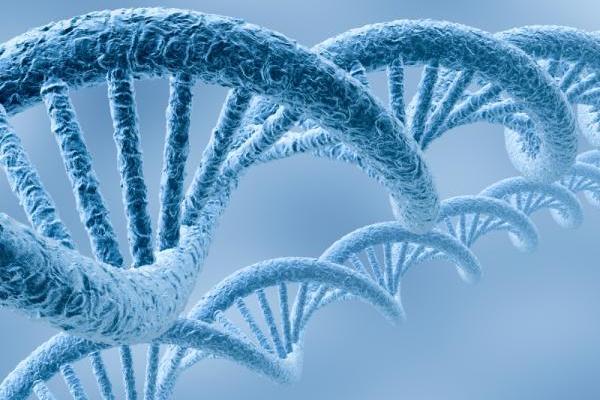|
By Ian MacArthur
“So long as men can breathe, or eyes can see, so long lives this, and this gives life to thee.” With these words, Shakespeare concludes Sonnet 18, a defiant charge against the finality of a lover’s death by way of literary immortality. Though the Bard had placed hope in written English to perpetuate the memory of his love, its ultimate preservation may be made possible by biological molecules. Scientists Nick Goldman and Ewan Birney of the European Bioinformatics Institute have devised a way to encode information into a DNA sequence. Among the first pieces of information to be translated into genetic code were all of Shakespeare’s 154 sonnets, Martin Luther King Jr.’s “I Have a Dream” speech, and Francis Crick and James Watson’s research paper describing the double helical structure of the DNA molecule. Voluminous in written form, the information when translated into DNA weighs less than a millionth of a gram. DNA is an incredibly efficient way to store information. Requiring no energy to maintain, DNA can be preserved for thousands of years in cold, dark environments, giving it an incredible advantage over the energetically costly digital hard drives that occupy an immensely greater amount of space. When asked how much space would be required to store the totality of humanity’s information in DNA, Dr. Goldman replied that it could be done in one and a half cubic meters. “So it would sort of go in the back of your station wagon, I guess,” he added. The key to genetic storage lies in translating information into the four nucleotide bases – A, C, G, and T – that comprise a DNA sequence. In much the same way that computers use binary, a sequence of 0’s and 1’s, to store digital information, the scientists were able to code information into DNA bases. Every eight digits of binary code were translated into five letters of DNA, with the result being a systematic way of translating information into genetic code. With this method, English letters received their own five nucleotide sequence. The letter T, for example, appears as TAGAT. After translating Shakespeare, King, Crick, and Watson into their new code and contracting an American corporation to synthesize the appropriate DNA, Goldman and Birney were able to sequence the code and successfully obtain the original information. The entirety of the DNA appeared as a miniscule speck suspended in a test tube. Despite the clear advantages provided by DNA as a means to storing information, biological hard drives are not yet economically feasible to be put to use commercially. “At the moment, it’s so expensive that it’s only economically viable if you’re going to store it for 600 or more than 1,000 years,” stated Dr. Goldman. However, Dr. Birney noted that if the price of DNA sequencing were to experience a similar 100-fold drop in cost as it has over the last fifty years, DNA storage could be economical for preserving information over a fifty year period. As a final reassurance of DNA’s merit, Dr. Goldman dispelled any ideas about the potential biological danger of storing information genetically. “The code we use to store information in DNA is completely different from the codes that living organisms on Earth use in their DNA,” he said. “So it’s no more dangerous to have the information stored in DNA that way than a piece of plastic’s dangerous because you can make a CD out of it.”
0 Comments
Leave a Reply. |
Categories
All
Archives
April 2024
|

